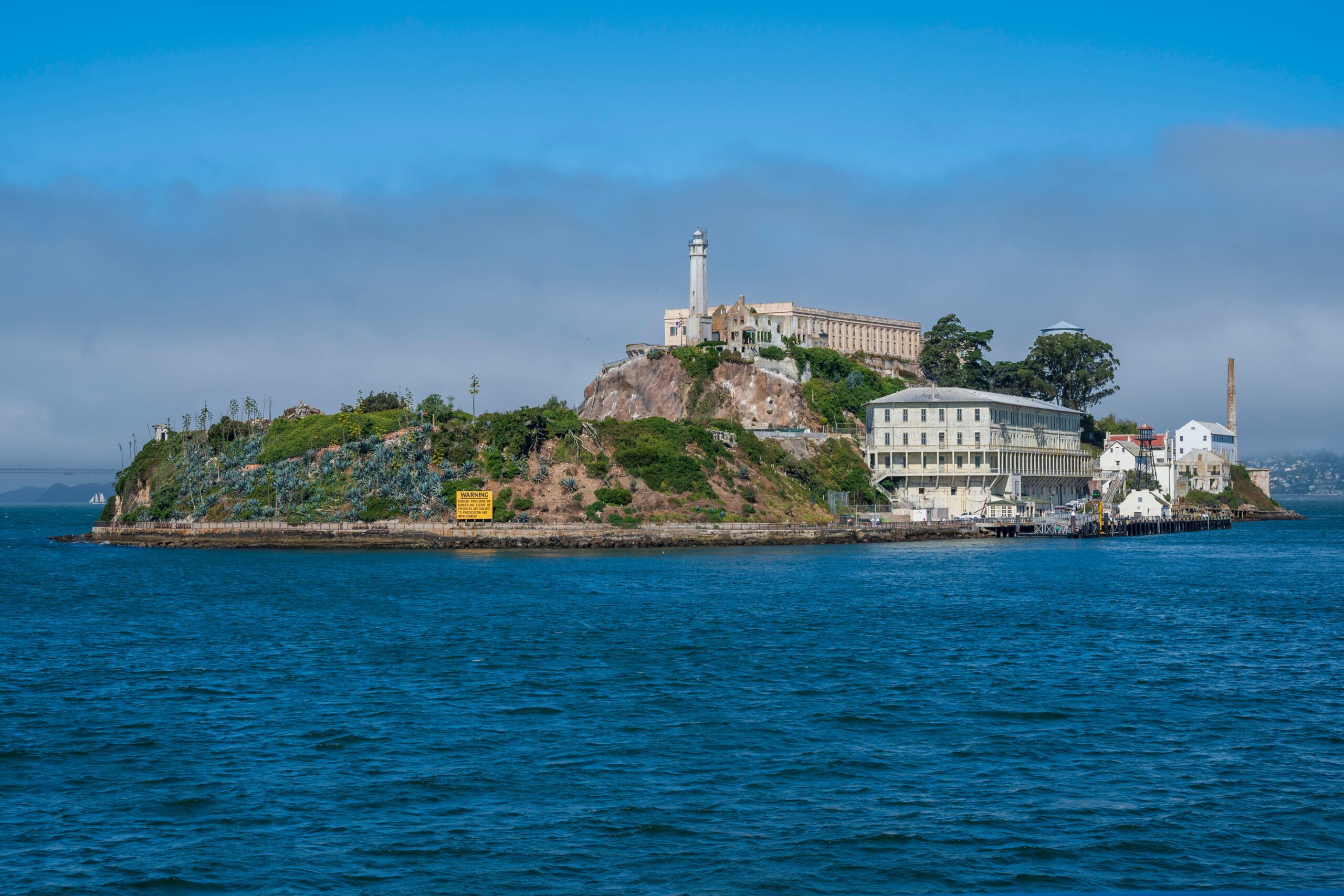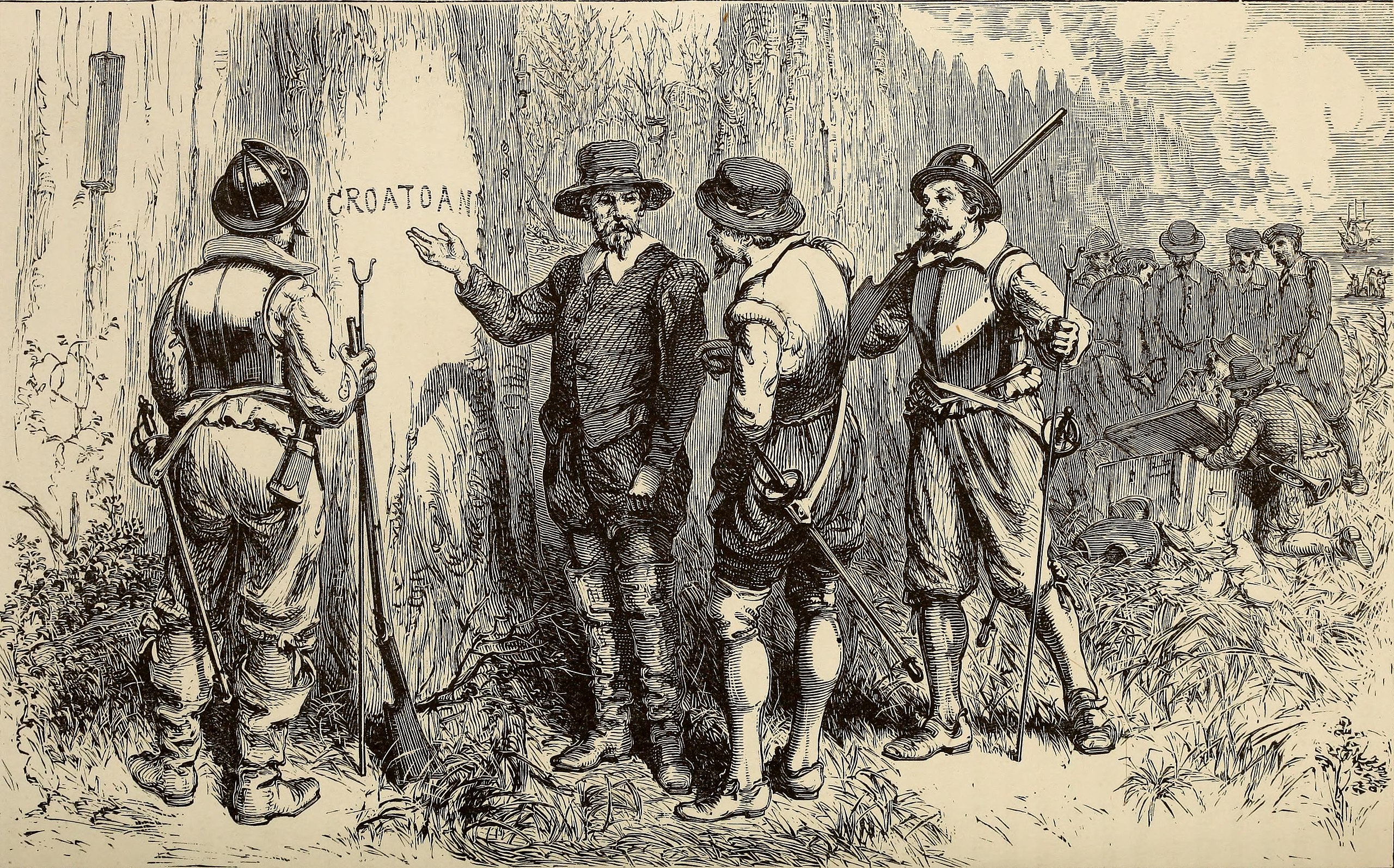Located on an isolated island off the coast of San Francisco, California, Alcatraz Federal Penitentiary was the most feared prison of its time. Prisoners regularly reported brutality, inhumane treatment from both guards and each other.
Described by criminal law scholar Sue Titus Reid as “the great garbage can of San Francisco Bay, into which every federal prison dumped its most rotten apples,” the facility was eventually shut down in 1963.
It is no coincidence that Alcatraz closed only a year after three of its inmates did the unthinkable: They escaped.
This prompted federal investigations into the prison’s illegal practices. Now, Alcatraz can be visited as a tourist attraction, a relic of a slightly less progressive society.
But what makes the 1962 Alcatraz escape so fascinating is not only its historic impact, but the mystery surrounding it.
The three escapees were never found, and their fate is to this day a topic of date amongst true crime aficionados.
Who Were the Culprits in the Alcatraz Prison Escape?
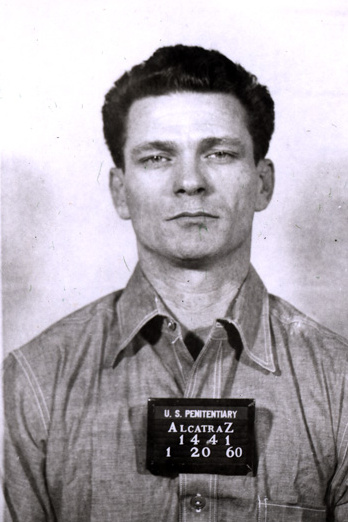
Public Domain
The three inmates who successfully escaped Alcatraz were Frank Morris, John Anglin, and Clarence Anglin, the latter two being brothers.
All three were serving sentences for bank robbery, with the Anglins having committed a heist as partners.
A fourth man Allen West helped the three others concoct their scheme, but he was unfortunately unsuccessful in his escape and was left behind.
How Did Frank Morris, John Anglin, and Clarence Anglin Pull Off the Alcatraz Prison Escape?
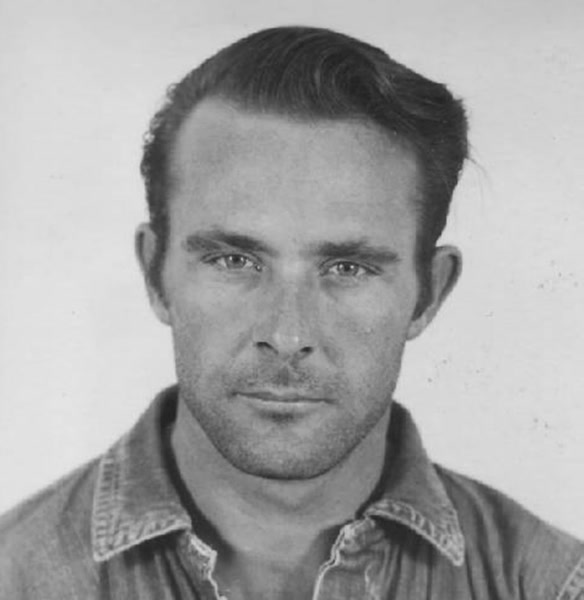
Public Domain
Escaping a maximum-security prison was no easy feat, and doing so required an almost admirable level of tact, as well as months of planning and dedication.
Using discarded saw blades found on prison grounds, metal spoons from the dining hall, as well as a makeshift electric drill crafted from the motor of a vacuum cleaner, the escapees—over the course of six months—widened the ventilation ducts beneath their sinks.
They concealed evidence of their “construction project” with painted cardboard. They masked their noise with Morris’s accordion.
Once the holes were finally wide enough to climb through, the men accessed an unguarded utility room directly behind their cells, where they set up a workshop.
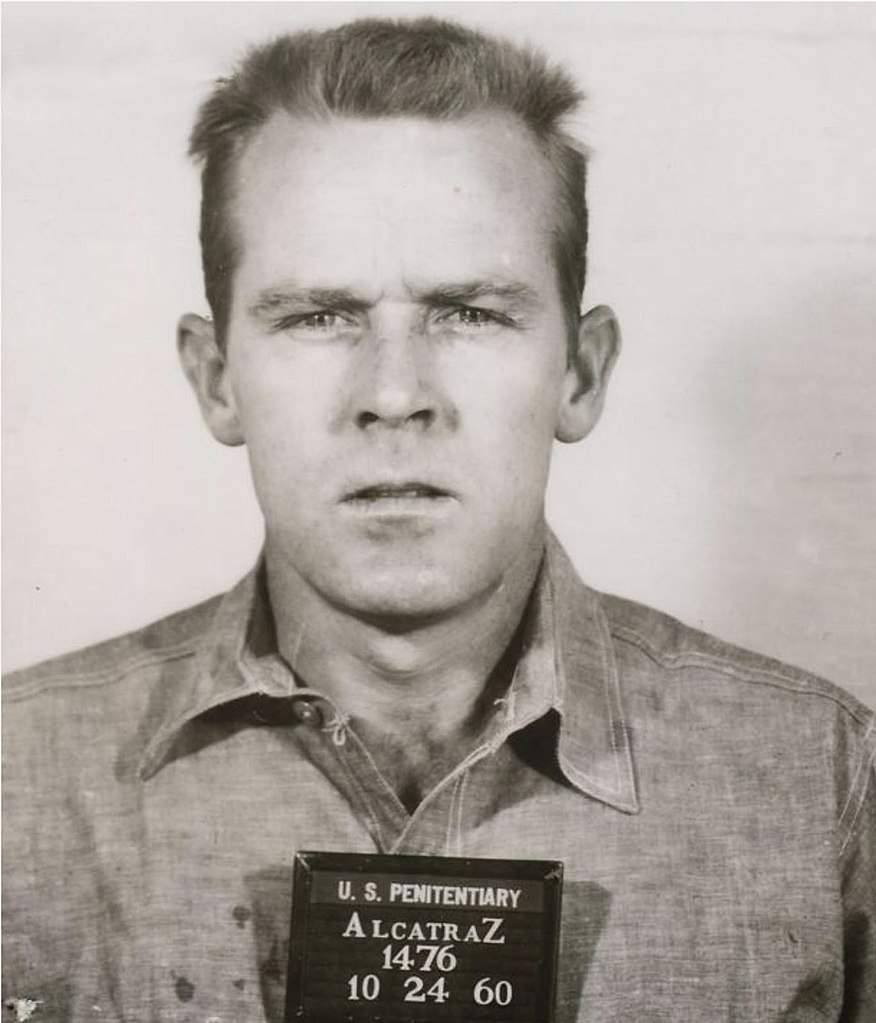
Public Domain
Here, utilizing over 50 raincoats and other stolen materials, they constructed life preservers and a six-by-fourteen foot raft, its seams stitched by hand and sealed with liquid plastic, as well as heat from steam pipes.
To avoid arousing suspicion from guards while they were absent from their cells, the four men sculpted dummies from a papier-mâché-esque mixture of soap, toothpaste, and concrete dust.
Stuffing towels underneath blankets and poising their dummy heads atop pillows, it appeared to passing guards that the inmates were simply sleeping.
June 11, 1962: Morris and the Anglins Escape Alcatraz
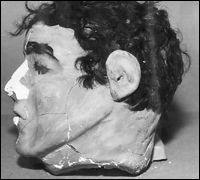
Public Domain
With all preparations finally in place, on June 11, 1962, the four men finally followed through with their plan.
West, however, realized that his vent was too narrow for escape. Accepting his failure, he left his partners to their own devices.
Morris and the Anglin brothers climbed the ventilation shaft to the roof, somehow managing to haul their gear with them.
Sliding down a kitchen vent pipe, they descended 50 feet onto the ground. They climbed two 12-foot barbed-wire fences around the prison’s perimeter, and once on the shoreline, inflated their raft via a concertina stolen from another inmate.
From here, they supposedly sailed towards Angel Island, one mile north. They were never seen again.
Theories as to What Happened to the Alcatraz Escapees
Prisoners of famed 1962 Alcatraz prison escape could have survived, new research shows: http://t.co/UVcI3SnOP9 pic.twitter.com/XFM0w0vlrA
— Yahoo (@Yahoo) December 16, 2014
While the Alcatraz prison escape was undoubtedly remarkable, it is hard to believe that the three escapees could have all successfully disappeared without a trace.
There are several theories as to what could have happened to them, the most primary ones outlined below.
The Escapees Drowned at Sea
The prevailing theory is that the three men drowned in the treacherous waters surrounding Alcatraz Island.
The water was cold, and the currents were strong, making it difficult for even the most experienced swimmers to survive. The inmates’ raincoat raft was likely not strong enough to maneuver in such harsh conditions.
Supporters of this theory point to the fact that—despite the FBI’s extensive search efforts in the weeks and months following the escape—no bodies were ever recovered.
However, opponents of this theory argue that the inmates, particularly the Anglin brothers, were skilled swimmers and may have been able to make it to shore despite the harsh currents.
Additionally, there have been alleged sightings of the escapees in various locations throughout the years.
The Escapees Made It to the Shore and Disappeared
55 years ago, three men escaped from Alcatraz federal prison — and they've never been found: https://t.co/dRkw8gqQep pic.twitter.com/A3DRrHc9QV
— CBS News (@CBSNews) July 2, 2017
Another popular theory is that the three men were able to make it to the mainland and disappeared into the crows a la Hannibal Lecter at the end of The Silence of the Lambs.
Supporters of this theory point to several alleged sightings of the escapees over the years, the most prominent being a ’70s era photograph that some believe depicts the Anglin brothers in Brazil.
Additionally, there are several reports of a man matching Frank Morris’s description living in South America and working as a carpenter.
However, opponents of this theory argue that it would be nearly impossible for the escapees, career criminals, to start new lives without eventually being detected by law enforcement or recognized by someone who knew them.
Additionally, there is no concrete evidence to support the alleged sightings of the escapees, as it is possible that they were simply cases of mistaken identity.
They Were Killed by John Leroy Kelly
In 1993, a man named John Leroy Kelly made a shocking deathbed confession to his nurse. He claimed that in 1962, he was hired by Morris and the Anglin brothers’ families to transport the escapees via boat from Angel Island to Seattle. On the way there, he killed them and ran off with the $40,000 he was paid for the job.
He claimed that their remains could be found at a specific location in Seattle. However, when searched, no remains were found.
The sheer improbability of an escape from a maximum security prison, coupled with the fact that the culprits have still never been found make the 1962 Alcatraz escape one of the baffling mysteries in history.

